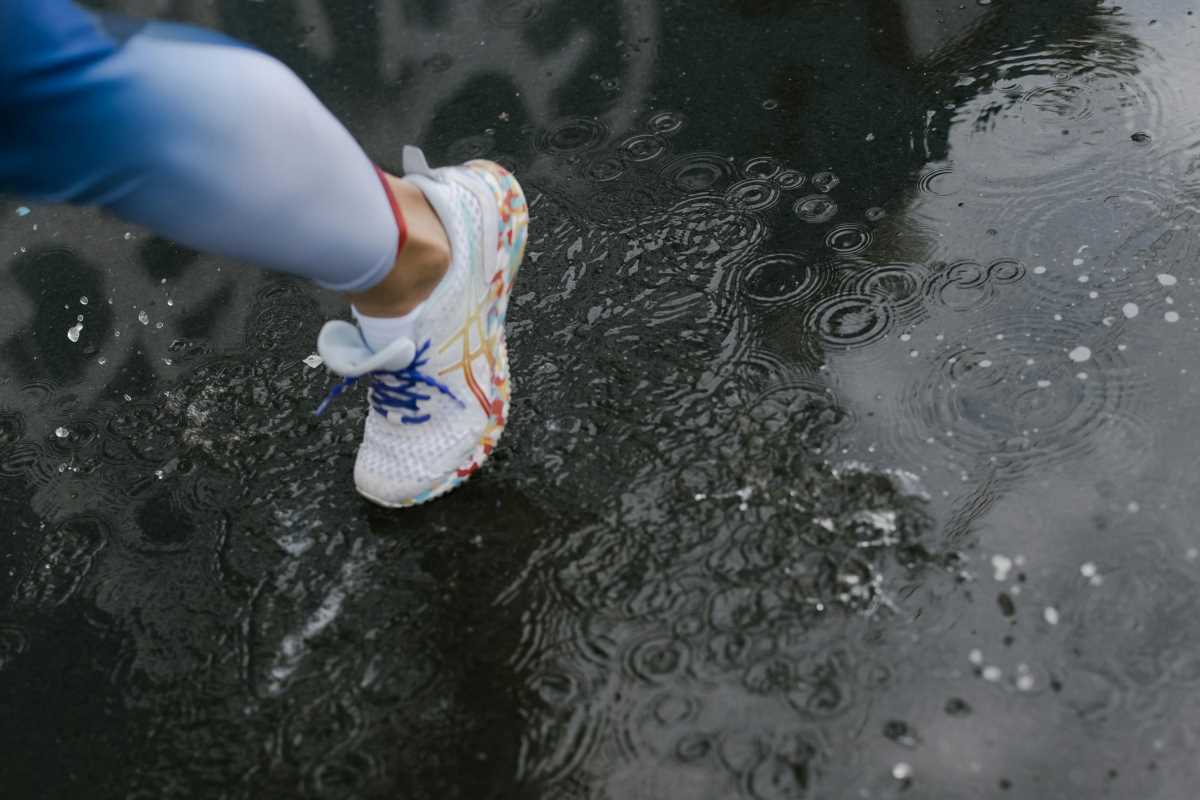Designers have revolutionized cycling apparel by introducing high-tech fabrics that boost both performance and style. These advancements not only elevate what athletes can accomplish but also create fresh fashion trends for cycling enthusiasts. With a seamless fusion of practicality and innovative design, today's cycling gear meets the needs of those who seek top-tier experiences on both road and trail. This new era in cycling attire reflects a commitment to excellence, offering gear that doesn't just support athletic endeavors but also makes a fashion statement. Cyclists now have access to apparel that truly enhances their journey, combining efficiency with elegance.
The Rise of Smart Fabrics
Smart fabrics have become a cornerstone in the evolution of cycling apparel, offering features that go beyond traditional materials. These advanced textiles incorporate technology to provide cyclists with unprecedented benefits:
- Embedded Sensors: Some fabrics come with built-in sensors that monitor vital signs and performance metrics in real-time.
- Adaptive Insulation: These materials adjust their thermal properties based on the surrounding temperature, ensuring optimal comfort.
- Integrated UV Protection: Smart fabrics offer enhanced protection against harmful UV rays, allowing cyclists to train longer without sunburn.
These innovations improve the cycling experience and pave the way for more interactive and responsive sportswear. By integrating technology directly into the fabric, manufacturers provide athletes with tools that help them push their limits safely and effectively.
Breathability and Moisture-Wicking Technology
One of the most critical aspects of cycling apparel is its ability to manage moisture and maintain breathability. High-tech fabrics excel in this area by utilizing specialized fibers and weaves that keep cyclists comfortable:
Moisture-wicking fabrics draw sweat away from the skin, promoting rapid evaporation and keeping the body cool during intense rides. This technology ensures that athletes stay dry and focused, even in challenging conditions. The use of thermoregulating fabrics helps maintain an optimal body temperature, preventing overheating and enhancing overall performance.
Breathable materials allow air to flow freely, reducing the buildup of heat and moisture inside the garment. This enhances comfort and minimizes the risk of chafing and irritation, enabling cyclists to ride longer and perform better.
Durability and Flexibility
Durability and flexibility are paramount in cycling apparel, ensuring that garments can withstand the rigors of intense training and diverse terrains. High-tech fabrics offer several advantages in this regard:
- Enhanced Strength: Advanced fibers resist tears and abrasions, extending the lifespan of the apparel.
- Elastic Recovery: These materials can stretch and return to their original shape, providing a snug fit without restricting movement.
- Resistance to Environmental Factors: High-tech fabrics are designed to withstand exposure to elements like wind, rain, and UV rays, maintaining their integrity over time.
The combination of strength and flexibility ensures that cycling apparel remains comfortable and functional, even under the most demanding conditions. Athletes can rely on their gear to perform consistently, no matter the challenges they face.
Lightweight and Aerodynamic Fabrics
The quest for speed and efficiency in cycling has led to the development of lightweight and aerodynamic fabrics. These materials significantly reduce the overall weight of the apparel, allowing cyclists to move more freely and swiftly:
Lightweight fabrics minimize drag, enhancing the rider's aerodynamic profile and contributing to faster times. The streamlined design of these materials reduces wind resistance, making it easier to maintain high speeds with less effort. The use of high-tech fabrics in cycling jerseys exemplifies how innovation can lead to substantial performance gains.
The incorporation of seamless construction techniques and strategic paneling in lightweight materials further enhances aerodynamics. This meticulous attention to detail ensures that every aspect of the garment works in harmony to boost the cyclist's performance.
Eco-Friendly Fabric Innovations
Sustainability has become increasingly important, and the cycling apparel industry embraces eco-friendly fabric innovations. These advancements focus on reducing environmental impact while maintaining high performance:
Recycled materials, such as polyester derived from plastic bottles, are now commonly used in cycling gear, lowering the reliance on virgin resources. Organic fibers that require fewer pesticides and less water contribute to a more sustainable manufacturing process. Innovative technologies, like bio-based dyes and waterless finishing techniques, further minimize the ecological footprint of these garments.
By choosing eco-friendly fabrics, manufacturers address environmental concerns while meeting the growing demand for sustainable products among athletes and trendsetters. This commitment to green innovation ensures that cyclists can perform at their best while supporting a healthier planet.
High-tech fabrics have revolutionized cycling apparel with performance-enhancing features and stylish designs. These innovations support athletes and enable trendsetters to display their passion with cutting-edge gear. As technology advances, the future of cycling apparel appears increasingly promising.







